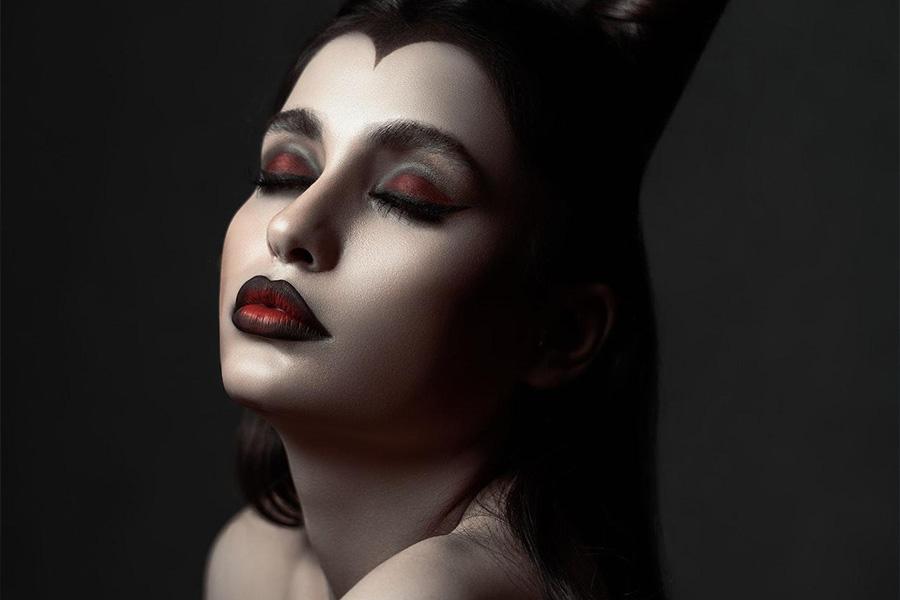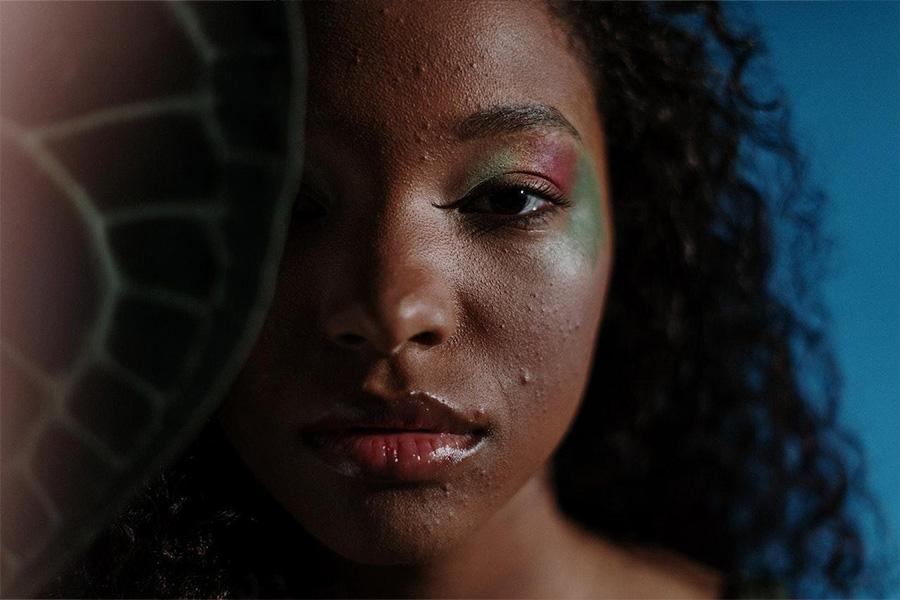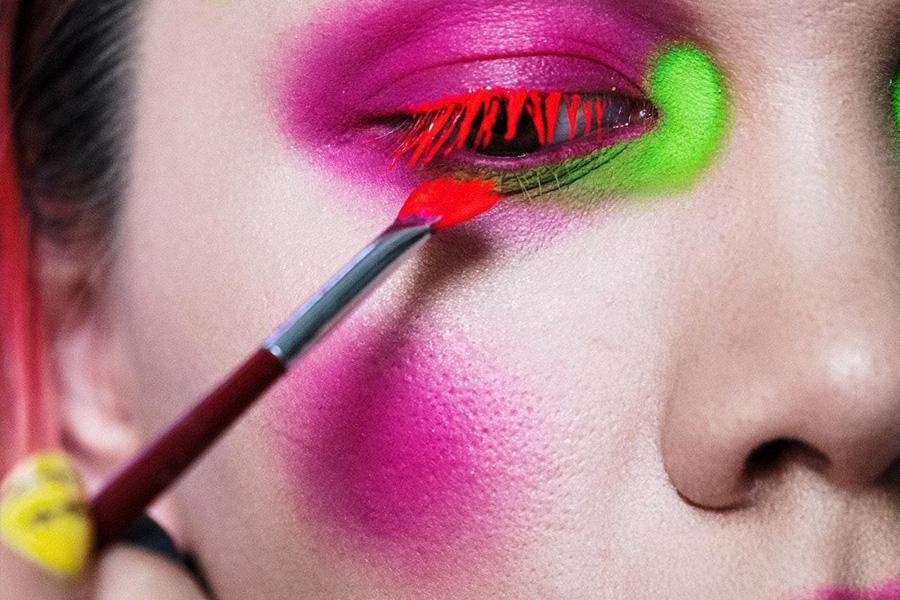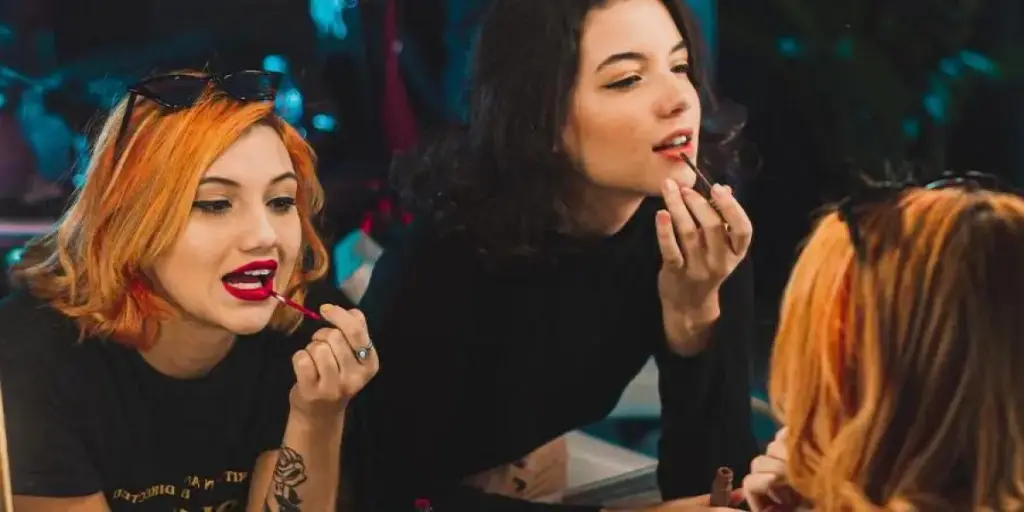After a prolonged period of uncertainty, six newly adapted beauty personas are emerging with adjusted priorities. Brands who are aware of these personas are better placed to cater to their evolved beauty needs and product demands.
In this article, we will explore these six emerging beauty personas, their priorities when it comes to beauty, how to satisfy their needs as consumers and how to market to them.
Table of Contents
How beauty personas impact beauty needs
The ‘lazy’ Skinimalists
The Beautyversals
The Protopians
The Factivists
The Universals
The Neuromantics
Boost your business by catering to each beauty persona
How beauty personas impact beauty needs
Personas are important in many industries, especially marketing and design. Personas are an archetype of a larger group of users or customers. Personas are a working document that includes a description of the archetype, behavior patterns, goals, needs and other helpful information.
These personas provide a deeper understanding of a target audience to inform product development and marketing. So, with an awareness of the most common beauty personas, we can form a deeper understanding of particular segments of beauty consumers to assess their specific needs and interests, and market to them accordingly.
Below are the six most common beauty personas. We will provide information on what drives their beauty needs and buying concerns and outline specific engagement strategies for each category.
The ‘lazy’ Skinimalists
Some may call the ‘lazy’ Skinimalists the MacGyvers of the beauty world. They’re pragmatic about the time available for self-care and use the most effective beauty hacks to manifest new beauty moments. They prioritize self-care and emotional well-being over perfectionism. They consider self-care more of a necessity than a luxury. They push back against hustle culture and put intentional care front and center.
Their beauty style would be considered functional, minimal and polished. The people included in this category tend to be men and women of the Gen X, Boomers or the on-the-go Gen Zers.
The ‘lazy’ Skinimalist takes comfort in being organized and values products that save them time, money and effort. They view skincare-cosmetic hybrids, edibles and supplements as smart essentials. They are always on the lookout for multi-functional products.
They are also conscious consumers and hate waste just as much as they hate cluttered makeup bags. They will prioritize efficient products, clever beauty hacks and potent single products or prescription formulas that reduce skincare routines to a single step. Rest and sleep will also be critical purchasing drives. They will invest in products to create more time for self-care or turn to flash treatments and nutricosmetics to fake a good night’s sleep.
To resonate with the ‘lazy’ Skinimalist, be programmatic about the time available for self-care and design efficient solutions. Evidence is vital for this consumer, but they dislike ‘data smog’, so keep communication and information clear, simple and BS-free.

The Beautyversals
Emerging from the metaverse, Beautyversals are inhabiting fluid realities and reshaping the beauty world in their phygital image with its all-real mindset and avatar-inspired meta face aesthetics.
Their beauty style would be considered ‘meta face aesthetic’ inspired by avatars and digital animation – this is defined by smooth, featureless skin, bright eyes and post-human perfectionism. The consumers in this category are younger Gen Z, Alphas and in-betweeners. They tend to have a more fluid idea of gender and gender presentation.
The fluid nature of these consumers extends beyond their physical person and into the digital world. Early adopters of direct-to-avatar shopping, the Beautyversals will inhabit shippable worlds where they will buy both physical and digital versions of beauty products for themselves and their digital alter egos. They value ‘deep service’ and develop strong connections with brands. Their digital identity is just as important as their real-world one, and they come to expect brands to cater to both.
Beauty brands must adopt an ‘it’s all real’ mindset to engage with the Beautyversals, creating digital products and virtual worlds to explore, such as Dyson’s metaversal VR test center. Real-life products with digital elements that unlock exclusive content will hold extra allure for those in this category. When it comes to brand ambassadors, this persona prefers virtual ones over human ones.
In China, Perfect Diaryʼs virtual ambassador, Xiao Wanzi, gives beauty advice via WeChat. Dermalogicaʼs first virtual human, Natalia, trains its professionals in skin science, virtually aging and showing the product effects.

The Protopians
The Protopians are committed to creating a better future, are determined to make a difference with every purchase, and aim to provoke change in the beauty industry through planet-positive choices. This environment-first persona believes in nature, not narcissism and nature-forward innovations that preserve the planet for all species.
For Protopians, aesthetics take a back seat to ecosystems. They favor natural-look products and are early adopters of new eco-formats and innovations.
The Protopians are pragmatic about sustainability and believe small actions can change the world. They adapt their daily self-care routines to reduce their impact. Adopting practices such as ʻhygiene hackingʼ and using waterless formats, and time-reducing multi-taskers to save water.
They seek brands that are proactive in their environmental purpose and avoid brands that are ‘sustainable’ as a means to an end. They check CRP and sustainability strategies before a brand’s products. They will pay a premium for businesses with accredited certifications or B Corp status.
To resonate with Protopians, make sustainability a priority. Brands that mitigate their environmental impact will be rewarded with loyalty. Look to Credoʼs Sustainable Packaging Guidelines requiring brand partners to remove harmful elements.
The Factivists
This community-focused persona advocates for beautyʼs under-represented voices and beauty without barriers and biases. Adopting the role of activist, the Factivists value transparency, info and people power. They aim to upend beauty narratives, challenge hidden industry biases and normalize niche perspectives.
Factivists have less of a uniform beauty style and focus on the idea of foraging your own path. They mainly consist of Gen Zs and include activist Millenials and Gen Xers.
Factivists choose retailers and brands that celebrate heritage and community and enable discovery. They will likely build a deep emotional connection with brands and products that align with their values. Conversely, they don’t tolerate brands without clear values and ethics and demand transparency and facts from brands.
Inclusivity is non-negotiable for Factivitst, but brands must go beyond diverse color shades to address deeper hidden racial biases.
To resonate with Factivists, consider co-creation. They gravitate toward brands with democratized design. Think about ways your brand can take action to dismantle barriers in beauty.

The Universals
Saying no to ‘normal,’ the Universals are redefining what beauty means and choosing products that make them feel welcome, served and seen. They reject the pursuit of perfection, they reject more traditional beauty narratives that push unrealistic ideals or create insecurities, and they value self-acceptance and hyper-realness.
The Universals’ beauty style is anti-aspirational and nonconformist, and their goal is for everyone to feel beautiful in their skin.
According to the universals, it’s time to remove the term normal from beauty products – there is no ‘normal’ skin; all skin types are normal. Brands should focus on self-acceptance rather than using unrealistic ideals to create insecurities that will sell products. Products should no longer be a ‘one size fits all’ – all skin types, sizes, colors, gender expressions and abilities should be represented and equally valued.
The Universalsʼ acceptance of ʻthe imperfectʼ extends to products also. They embrace ʻOddbox beautyʼ and brands such as KANKAN and Mahalo, which make damaged or less-than-perfect products available at reduced prices through sustainable programmes, and they value beauty resale platforms such as Rebeauty, as a positive step in making beauty products more affordable and accessible.

The Neuromantics
Craving creativity and beauty in all things, the Neuromantics draw their beauty inspiration from art, science and nature, and are unapologetically expressive and nonconformist. They break existing beauty codes and aesthetics.
Like the Universals, the Neuromantics beauty style is anti-aspirational and nonconformist; however, it is more focused on personal expression and being unapologetically different, with a do-it-in-your-own-way attitude. The Neuromatics are dominated by Gen Z but include more rebellious Millennials and Gen Xers.
For Neuromantics, the creative process behind a product is as important as its performance. They’re more likely to choose avant-garde and experimental beauty brands that stimulate the mind, body, and soul.
To resonate with Neuromantics, create products that stimulate creative thinking and push the boundaries of aesthetics. Artistic collaborations are a means of product discovery for this consumer who craves creative interactions.

Boost your business by catering to each beauty persona
Beauty brands need to stay on top of changing beauty personas and the resulting changing demands of beauty consumers to provide beauty solutions to their target market effectively. These beauty personas tell us a few crucial things regarding beauty product development, brand values and marketing.
Here are five things beauty brands need to do to ensure they stay competitive in the beauty market and meet the demands of beauty consumers.
- Embed self-care into all beauty products and services.
- Explore digital experiences. Take digital beauty experiences beyond marketing with shoppable IRL and URL products. The emergence of the beautyverse will deliver new connection points and opportunities around ‘deep service’.
- Ensure circularity. Ensure circular and regenerative systems are in place. Strive to be fully sustainable and, even better, carbon-positive.
- Lead with a mission. Be transparent about your mission and develop products with all bodies and cultures in mind. Get behind positive change across the environmental and social welfare spectrum and ensure underrepresented voices take the lead.
- Seek creative partners. Champion disruptor ideas and makers that break boundaries and do things differently. Solutions will arise from various creators, so seek creative partners from the art, tech and business world.
By capitalizing on these trends, brands can ensure they’re well set up for a positive beauty future!




